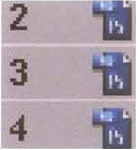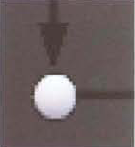Chapter 1. Setting Up a Composite
"Education is important—I think people need to make sure that they're learning to be artists and not just learning tools."

Before beginning a composite, it's important to understand the fundamental differences between layer- and node-based compositing systems. A strong knowledge of common image resolutions and frame rates will allow you to make correct decisions. Once the fundamentals are grasped, setting up a compositing projector script becomes fairly easy. Since this book uses both After Effects and Nuke, you will be required to learn two different workflows. However, if you master both, you will be well suited for work in the feature animation, visual effects, and commercial production industries. To add perspective to the lessons, professional compositing examples are included. In addition, the first 3 of 19 interviews with professional compositing supervisors, lead compositors, and compositing experts are added at the end of this chapter. Two tutorials are also provided to get you started in After Effects and Nuke

Compositing Challenge
Digital compositing is the process of digitally assembling multiple images or image sequences into a single piece of motion picture or digital video footage. The goal ...
Get Professional Digital Compositing: Essential Tools and Techniques now with the O’Reilly learning platform.
O’Reilly members experience books, live events, courses curated by job role, and more from O’Reilly and nearly 200 top publishers.

